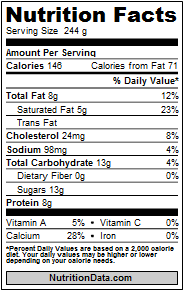Diabetes Treatment: New Dogma, Old Dogma or Just Carbophobic Myopia?
One of the points of contention raised in my brief exchange with Dr. Ron Rosedale over on the PaleoHacks forum is the notion that insulin is a harmful drug, and that diabetes should not be treated with insulin to "cover" dietary glucose. This will only make the diabetic sicker and move them down the path of progression of their disease. This reminded me of the flurry of blog hit pieces on the ADA's Hope Warshaw a while back. One of the things these bloggers took special exception to was Warshaw's use of the term dogma and calling LC "old" dogma. For starters: Old Dogma: Losing weight will make blood glucose levels plummet no matter how long you have had type 2 diabetes. The message that people continually hear from their providers is "If you'd only lose weight, your blood glucose would go down." And the common reply from people with type 2 is "I'll try harder with my 'diet' over the next few months, but please don't p













